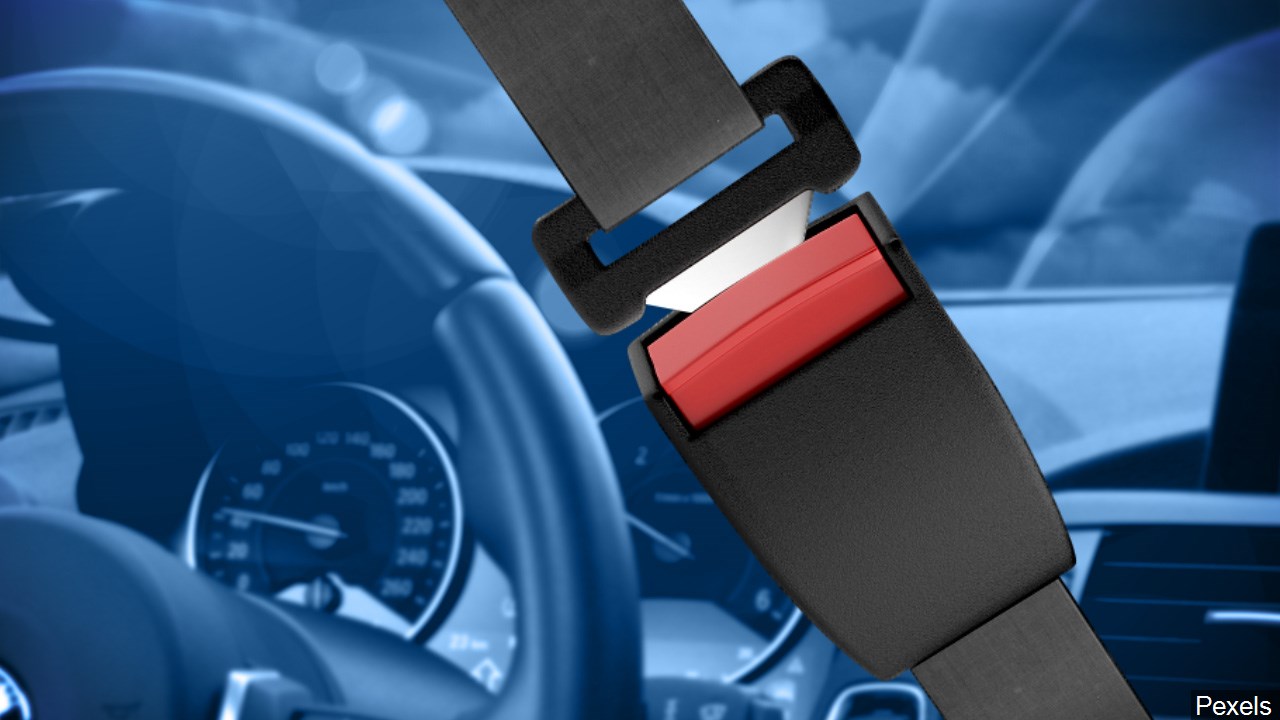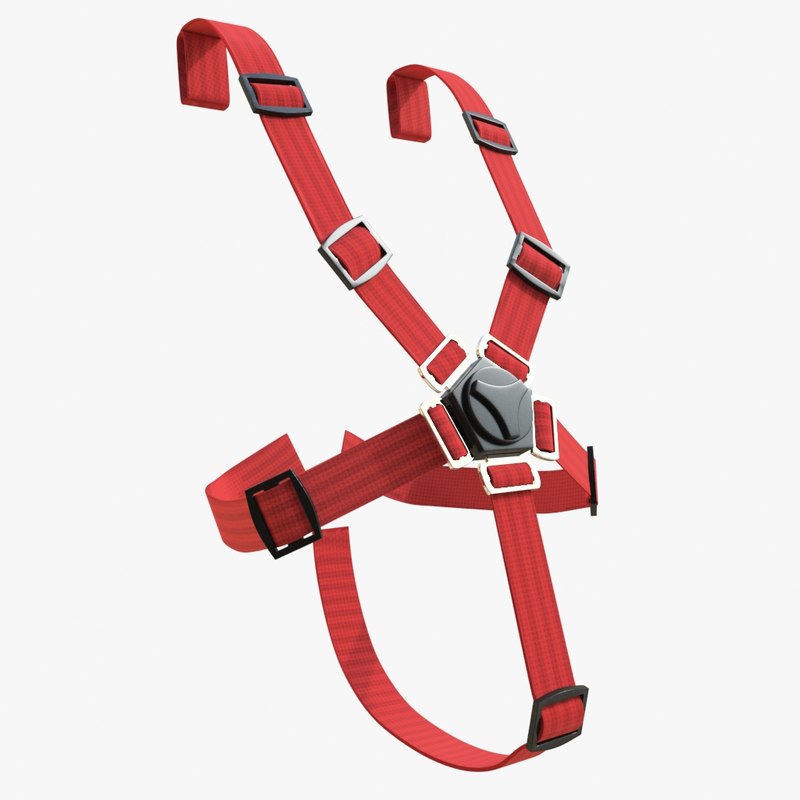OSHA DANGER Do Not Enter Spanish Sign ODS2305 Enter / Exit

Which is not a myth concerning safety belts? Hundreds of thousands of injuries have been prevented because of safety belt use. You must: (a) dim your high beams for oncoming vehicles by the time they are within _____ feet of your vehicle, and (b) dim your high beams when the vehicle you are following is within _____ feet.
Dodge Ram 1500 Seat belt. Buckle half, front inner. Trim 5KM841D5AB

Myths & Facts (Driving) safety belt. Crashes where a vehicle catches fire or sinks in deep water and you are. trapped, seldom happen. Even if they do, a safety belt may keep you from being. knocked out. Your chance to escape will be better if you are conscious. "Safety belts can trap you inside a car."
MYTH VS TRUTH YouTube

50% Percentage of Passenger Vehicle Occupants Killed in 2021 Who Were Unrestrained In 2021, 26,325 passenger vehicle occupants were killed. About 50% of those killed were not buckled (based on known seat belt use.) Seat belts saved an estimated 14,955 lives and could have saved an additional 2,549 people if they had been wearing seat belts, in 2017 alone.
Ultimax Belts Myth Buster 7 YouTube

only to help avoid an accident. You must: (a) dim your high beams for oncoming vehicles by the time they are within _____ feet of your vehicle, and (b) dim your high beams when the vehicle you are following is within _____ feet. 500, 300. To ensure your safety while driving and from having your vehicle stolen, it is advised you always have your.
Mazda CX9 Adjuster. Height. SHOULDER. Seat Belt. To 12 C23557960B75

You must: (a) dim your high beams for oncoming vehicles by the time they are within _____ feet of your vehicle, and (b) dim your high beams when the vehicle you are following is within _____ feet. Which is not a myth concerning safety belts? Hundreds of thousands of injuries have been prevented because of safety belt use. Study with Quizlet and.
9 Myths About Seat Belts For Truckers CDLLife

1. Myth: Wearing a seat belt is not necessary during short trips. Fact: You are no safer traveling in a car during a 10-mile trip than you would be during a 50-mile trip. In fact, most fatal collisions occur within 25 miles of the victim's home address! 2. Myth: Wearing a seat belt is not necessary at slow speeds.
Registered Black Belts Hands as Lethal Weapons Myth Ridgewood, NJ Patch

MYTH: It takes too much time to fasten your safety belt 20 times a day. FACT: Buckling up takes three seconds. Multiply that by 20 times, and it takes only 1 minute total. MYTH: I'm a good driver. I don't need a safety belt. FACT: No matter how good a driver you are, crashes also can be caused by other drivers, bad weather, mechanical.
Can You Drown A Turtle The Truth You Must Know Expert Aquarist Sea

MYTH 8: Safety belts aren't necessary for low-speed driving. FACT: In a frontal collision occurring at 30 mph, an unbelted person continues to move forward at 30 mph causing him/her to hit the windshield at about 30 mph. This is the same velocity a person falling from the top of a three-story building would experience upon impact with the ground.
Ultimax Belts Myth Buster 5 YouTube

This is Carsten Busch. He's a self-proclaimed safety mythologist, and he's the author of a book called Safety Myth 101. And we'll be discussing a number of the safety myths that he brought up in his book. And so before we go much further, let me just start by welcoming Carsten and saying hi.
Which Is Not a Myth Concerning Safety Belts

MYTH 3 FACT. Safety belts can keep you from being knocked unconscious, improving your chances of escape. Fire or submersion . occurs in less than 5% of fatal large truck crashes. Wearing a safety belt is a personal decision that doesn't . affect anyone else. MYTH 2. FACT. Not wearing a safety belt can certainly affect your family and . loved.
The five most commonly held Investing Myths » Capitalmind Better

Safety belts are not necessary as one can walk away easily from an accident is not a myth concerning.. Seat belts' primary function is to protect occupants in the case of an accident.Newton's first law of motion states that if a moving item suddenly stops or collides, someone inside the vehicle may be hurt due to inertia of motion.. By reducing the force of secondary impacts with interior.
Ferrari part 61563000 Electrical Cable For Guide Maranello Classic

Fact: Safety-belts are unharmful to the fetus, on the contrary, they considerably reduce the risks in the event of an accident. The airbag alone is not enough, but the combined action of the two safety systems can reduce the danger to the mother and the baby she is carrying. Myth: Safety-belts break bones of elderly people during sudden.
Sabelt 4 point 2" Safety Belts ECE red Car parts \ Seat belts Shop

5 Seat Belt Safety Myths Debunked. November 2, 2023 Lerner and Rowe Injury Attorneys. To say there's a lot of misinformation about seat belt safety would be an understatement. A considerable portion of the population still believes that seat belts don't make a difference in the event of a car accident. In fact, the National Highway Traffic.
Ferrari part 64347200 LH Seat Outer Cover Maranello Classic Parts

Execute. If any one of these abilities is missing or deficient, you cannot be a safe driver. Under good conditions you need____ to stop at 55 mph and_____to stop at 35 mph. 400 feet. 210 feet. Focal vision. is used to read and identify distinct objects. Central vision.
safety belts 01 max

Consider the following myths and facts regarding seat belts and the consequences of not buckling up. According to a recent Federal Motor Carrier Safety Administration study, nearly 40 percent of unbelted driver fatalities could be prevented with safety belt use. Myth: There is no compelling reason to buckle up. If I am in a crash I won't be.
MYTHBUSTING Weightlifting Belts

3.5 Myths and Facts About Safety Belt Use. MYTH 1. Safety belts are uncomfortable and restrict movement. FACT. Many drivers do not find wearing safety belts to be uncomfortable or too restrictive of their movements. A 2005 Transportation Research Board (TRB) study examined commercial drivers' habits of "wearing or not wearing" safety belts.